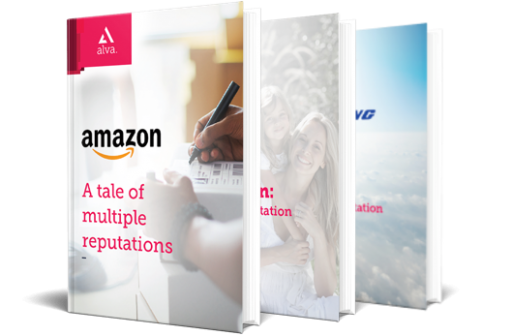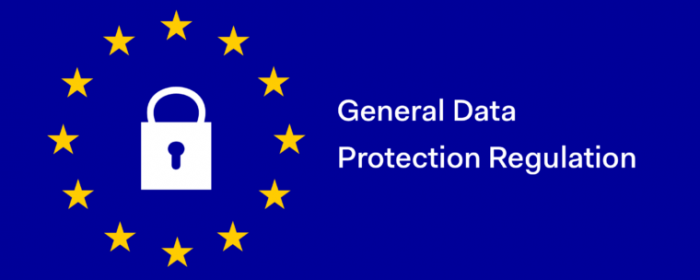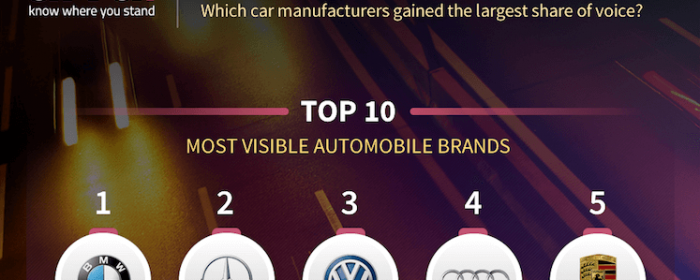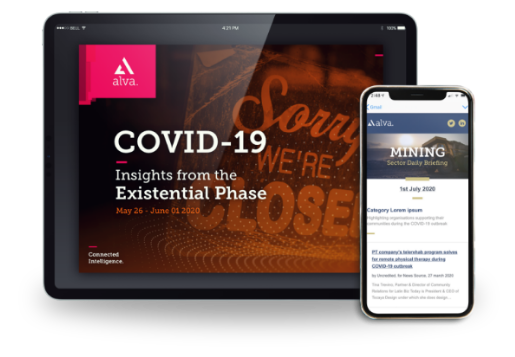5G: How can Telecoms best engage with consumers?
In the lead-up to the Mobile World Congress, many media outlets and industry commentators touted 5G as the focal point of the event. Post-event, as well, the feeling within media was that 5G had been the darling of the showcase. While the upgrade to 5G is likely to impact both industrial and consumer stakeholders, commentators noted that more focus was placed on B2B applications than B2C outcomes.
Given this, it may not be surprising that it was a minority (around 10%) of consumer discussion post-MWC that focused on 5G.
Most discussion focused instead on AI and VR more broadly and on handset upgrades and features.
This relative lack of 5G discussion among consumers surrounding MWC could be thanks to companies over-promising network capabilities in previous years, consumer fatigue around the topic or simply because it was the intention of mobile network operators to focus on B2C messaging at this event.
As 5G becomes more of a reality, mobile network operators must ensure they are engaging with both industrial and consumer stakeholders. However, it is likely that as infrastructure is put in place and handsets are kitted out with 5G functionality, consumers will become a greater focus. Corporate Affairs leaders at mobile network operators will need to keep the business aligned with and responsive to the evolving concerns of this group.
So how can Corporate Affairs understand the elements of 5G that do excite consumers?
If an indication of future trends, consumers at this year’s MWC discussed what they saw as the opportunities of 5G technology:
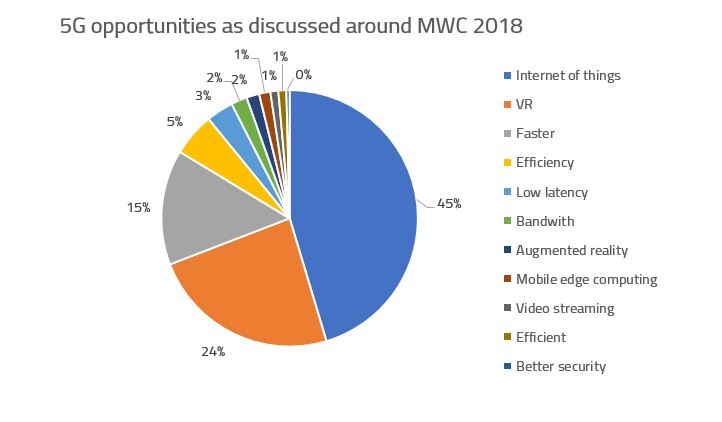
Vodafone was the network operator most discussed in relation to 5G over the conference period, largely due to CEO Vittorio Colao’s position as a speaker. Consumer discussion centred around Vodafone’s partnerships with Ericsson and Huawei – with Ericsson, a joint VR demo demonstrating the capabilities of 5G, and, with Huawei, publicity around the “world’s first 5G call” in the world.
Perhaps in an effort to connect directly to consumer aspirations, Colao also made comments around how 5G and IoT could counter populism by making resources and innovation more available to a wider portion of society.
In all these instances, Colao’s, and, by extension, Vodafone’s, approach was to link the technological capabilities of 5G with their tangible impact on consumers’ lives.
This approach is in line with the topics of interest for consumers more broadly around the conference – the opportunities driving the most discussion were IoT, VR and the promise of a faster connection.
Therefore, if mobile network operators want to engage more with consumers around the topic of 5G now, to prepare for rising interest in the future, the areas they should focus on are those that are likely to create access, joy and ease in consumers’ daily lives.
As the mobile network landscape evolves, an effective Corporate Affairs leader will continue to provide the external view to the business around not only consumer interest but the other stakeholders likely to be affected in the 5G transition.
Be part of the
Stakeholder Intelligence community





